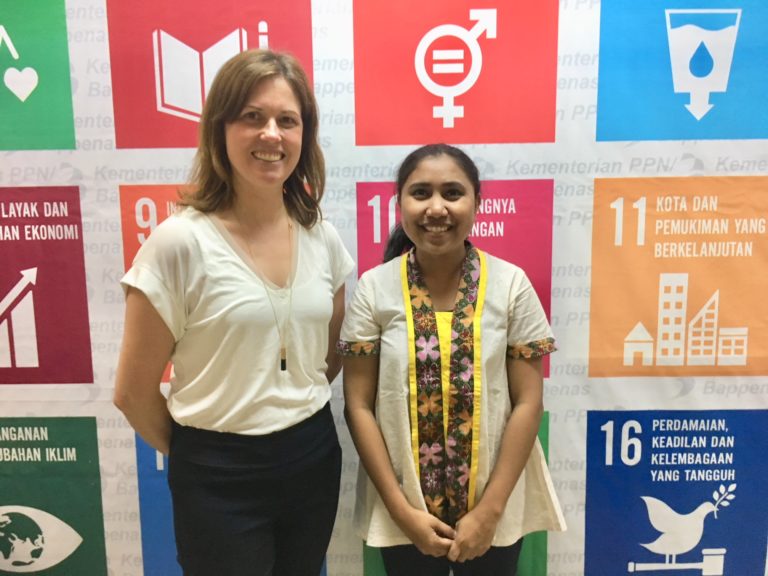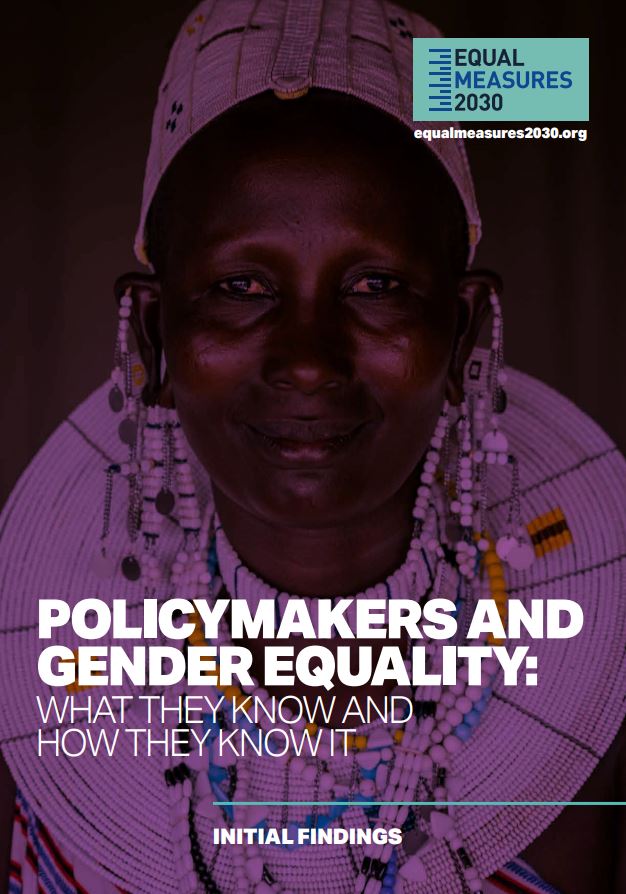
The Sustainable Development Goals (SDGs) contain transformational promises on gender equality, working to positively change the lives of girls and women worldwide.
Though we have ambitious targets set within the SDGs, they won’t be worth the paper they were painstakingly drafted on if governments don’t put in place the real laws and policies needed and make the tough budget choices and investments critical to delivering the goals for women and girls.
How can we ensure that governments are incentivised to make the necessary investments – such as the 12 critical investments in women and girls promoted by the Deliver for Good campaign – to bring about gender equality?
Much can be learned from the burgeoning field of transparency and accountability initiatives (T/AIs) which use approaches such as open data, improved access to information, citizen scorecards, and monitoring of government budgets to yield more responsive governance and ensure citizens are informed and empowered.
Research has shown that T/AIs can lead to better budget utilisation, improved service delivery, greater state responsiveness to citizens’ needs, the creation of spaces for citizen engagement, and the empowerment of local voices. These forms of transparency and accountability are critical if governments are to meaningfully and effectively deliver on their commitments to the gender equality targets within the SDGs.
But the potential power of T/AI approaches to drive change on gender equality is severely hampered by the fact that these approaches have historically been gender-blind.
The focus has been on building “citizen” engagement and improving flows of information, without recognition that both are highly gendered. Gender roles and relations affect how women consume information, their access to technologies (including the internet, mobile phones and radio), whether girls and women can freely participate in civil society, and what places constraints on their time and mobility.
On open data in particular, the most recent Open Data Barometer found that women are less likely to be online than men; less likely to be consulted on the design of data policies and initiatives; under-represented among the ranks of data scientists; and often uncounted in official statistics.
As Director of Equal Measures 2030, I frequently meet with data producers – from national statistics offices, to UN-led data gathering initiatives, to major civil society and academic research projects.
A common refrain I often hear is “How do we avoid our data becoming part of the ‘data graveyard’?” or “How do we ensure our data really gets used to drive advocacy and action?”
My answer: look to girls’ and women’s movements and advocates, who have long been at the forefront of driving real change.
These movements and advocates, in spite of severe funding constraints, are often expert in the kinds of social mobilisation and coalition-building that provide the fertile ground in which the use of open data and other transparency and accountability approaches can take root.
It sounds like a match made in heaven. But it isn’t as simple as simply increasing outreach to women’s movements and advocates or asking for their participation in related initiatives.
Instead we need to think more systematically about girls and women as users of data: What are the gender specific barriers for girls and women in accessing, using and collecting data and engaging in accountability efforts? What data is unavailable or inaccessible, from the perspective of gender equality advocates?
Getting a sense of the answers to these questions was the driving reason behind the global survey of advocates that Equal Measures 2030 recently conducted (the results for that will be out in September 2018).
Better engaging girls’ and women’s movements and advocates to use these types of approaches (citizen scorecards, open data, budget monitoring), including to drive accountability on the SDGs, will involve boosting funding for the core efforts of these local girls’ and women’s groups.
As Melinda Gates recently pointed out, less than 2% of global funding for gender issues goes to local women’s organizations. In addition to funding, we must provide dedicated capacity building and technical support for girls’ and women’s movements to help them to use data and better engage with transparency and accountability approaches.
It also means designing transparency and accountability initiatives with gender in mind from the beginning.
Bridging the gaps between the worlds who care about these transparency and accountability initiatives and the worlds who care about the gender equality commitments laid out in the SDGs holds the promise of ensuring both movements are better able to achieve their respective missions – more effective governance for all citizens (including the 50% held back by gender discrimination) and the real changes in law, policy and government funding allocations that we need to ensure the SDGs are reached.



